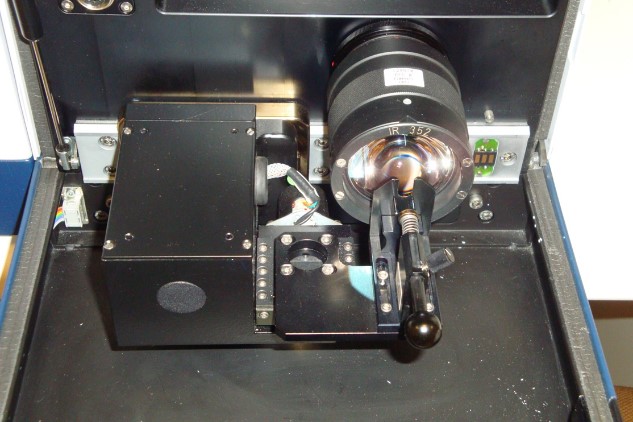The EU project Food Integrity (grant agreement No. 613688) underlined the importance of determining the geographical provenance of virgin olive oil (VOO). Until now, there is no method established by regulatory bodies to be used as a standard for geographical identification. In this project, a complete evaluation to find the best analytical techniques for assessing geographical provenance was performed, taking into account important criteria such as detection range, limits (LDO, LOQ), cost, sensitivity, selectivity, etc. Moreover, a guideline for validating qualitative methods including statistical analysis was proposed.
Until now, chromatographic techniques produced good results but the protocol is time-consuming as it needs information from diverse chemical series that have to be analysed with different standard and in-house chromatographic methods. The need for faster methods, more adapted to active commerce, has driven to check the feasibility of non-targeted techniques determining VOOs from European and non-European producer countries as well as to know which one would be better positioned when analysing blind samples.
In this context, within the framework of the Food Integrity project and in collaboration with the Instituto de la Grasa (CSIC - Spain), a full study was launched to check the performance of rapid methods. In this context, the aim of the work performed by the CRA-W was to provide a strict evaluation of the Raman spectroscopy through a defined strategy for evaluating non-targeted methods for geographical identification (European and non-European VOOs) of olive oil samples as quality label.
For this reason, the application of chemometric tools (unsupervised PCA and supervised discrimination PLS-DA methods) based on the spectroscopic Raman data of the olive oil samples was performed. With unsupervised methods, trends in the spectral data were found allowing at the same time the selection of variables that could be responsible of possible separation/clustering. Three main Raman shifts were found corresponding to the presence of trilinolein, in line with previous scientific research. With supervised classification methods, classification rules were determined and were then applied to classify new (blind) samples.
Reference: Assessment of Vibrational Spectroscopy Performance in Geographical Identification of Virgin Olive Oils: A World Level Study. N. Tena, R. Aparicio, V. Baeten, D.L. García González & J.A. Fernández Pierna. European Journal of Lipid Science and Technology, 121 (12), December 2019.
FoodIntegrity (subvention n ° 613688): www.foodintegrity.eu

